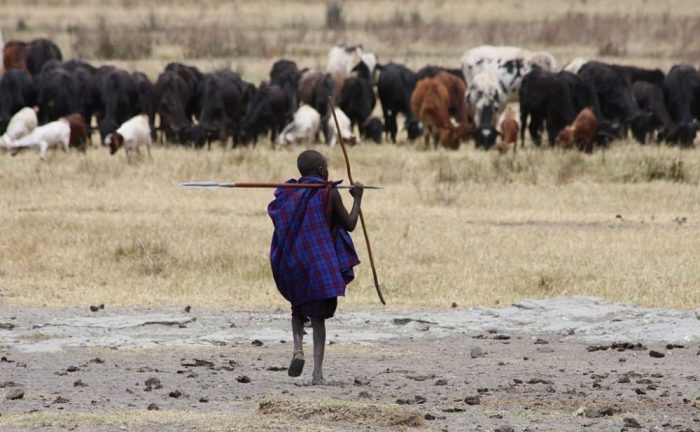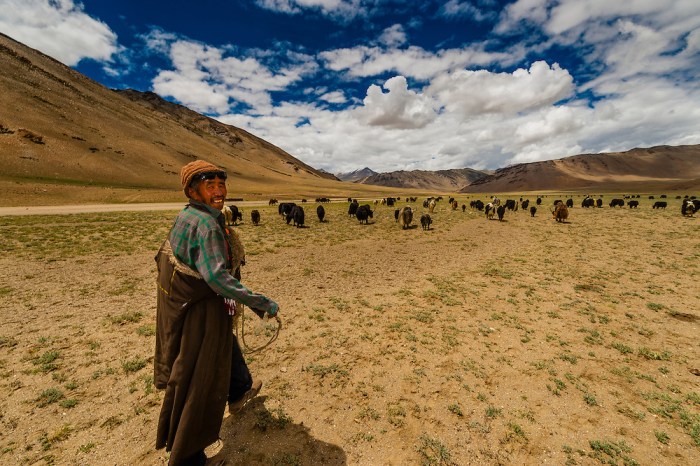Nomadic herding definition ap human geography takes center stage in this discourse, offering a captivating exploration into the intriguing world of nomadic herding communities. Delving into their unique practices, cultural adaptations, and economic contributions, this journey unveils the multifaceted nature of nomadic herding and its profound impact on human societies.
The concept of nomadic herding, characterized by the movement of livestock in search of pasture, has shaped the lives and landscapes of countless communities across the globe. From the vast steppes of Central Asia to the arid rangelands of Africa, nomadic herders have played a pivotal role in shaping human history and continue to face a myriad of challenges in the modern world.
Definition of Nomadic Herding

Nomadic herding is a traditional form of pastoralism practiced by communities that move with their livestock in search of grazing land and water. It is characterized by the seasonal or cyclical movement of herds, often over long distances, to exploit the availability of natural resources.
Nomadic herders rely on livestock for their livelihood, primarily raising animals such as cattle, sheep, goats, camels, or horses. They maintain close relationships with their animals, which provide them with food, clothing, shelter, and transportation.
Examples of Nomadic Herding Communities
- The Maasai of East Africa
- The Bedouin of the Arabian Peninsula
- The Fulani of West Africa
- The Mongolian herders of Central Asia
- The Sami of Scandinavia
Historical and Cultural Significance
Nomadic herding has a long history, dating back to the domestication of animals in the Neolithic period. It has played a crucial role in the development of human societies, contributing to the spread of agriculture, trade, and cultural exchange.
Geographic Distribution of Nomadic Herding

Nomadic herding is practiced in various geographic regions around the world, primarily in areas with vast grasslands, steppes, or desert environments.
Major regions include:
- Central Asia
- Eastern and Southern Africa
- The Middle East and North Africa
- Central and South America
- Parts of Europe and North America
The distribution of nomadic herding communities is influenced by environmental factors such as rainfall patterns, vegetation cover, and the availability of water sources.
Challenges Faced by Nomadic Herders
Nomadic herders face numerous challenges, including:
Economic Challenges, Nomadic herding definition ap human geography
- Land degradation and loss of grazing areas
- Competition for resources with sedentary farmers
- Fluctuating livestock prices
Social Challenges
- Lack of access to education and healthcare
- Discrimination and marginalization
- Conflicts over land rights
Environmental Challenges
- Climate change and extreme weather events
- Overgrazing and desertification
- Pollution and disease
These challenges threaten the sustainability of nomadic herding communities and their way of life.
Cultural Adaptations of Nomadic Herders
Nomadic herding has shaped the cultural practices and beliefs of herding communities.
Shelter
- Portable tents or yurts
- Easily dismantled and transported
- Designed to withstand harsh weather conditions
Food
- Livestock products: meat, milk, cheese
- Seasonal availability of wild plants and fruits
- Trade with sedentary communities
Clothing
- Practical and functional clothing made from animal skins or wool
- Designed to protect against extreme temperatures and weather conditions
- Often decorated with traditional patterns and symbols
Social Organization
- Extended family groups or clans
- Hierarchical leadership structures
- Strong sense of community and cooperation
Economic Significance of Nomadic Herding: Nomadic Herding Definition Ap Human Geography

Nomadic herding contributes to the economy in several ways:
Livestock Production
- Provides meat, milk, and other livestock products
- Supports local and regional markets
- Contributes to food security
Biodiversity and Ecosystem Health
- Maintains grasslands and steppes
- Prevents overgrazing and desertification
- Supports a diverse range of plant and animal species
Challenges and Opportunities
- Market fluctuations and competition
- Land use conflicts and urbanization
- Opportunities for tourism and sustainable development
FAQ Resource
What is the definition of nomadic herding?
Nomadic herding refers to a pastoralist lifestyle where communities move their livestock in search of fresh grazing lands, adapting to seasonal changes and environmental conditions.
Where is nomadic herding practiced?
Nomadic herding is practiced in various regions around the world, including the steppes of Central Asia, the rangelands of Africa, the deserts of the Middle East, and the tundra of the Arctic.
What are the challenges faced by nomadic herders?
Nomadic herders face numerous challenges, such as land degradation, climate change, urbanization, and political conflicts that disrupt their traditional grazing routes and livelihoods.